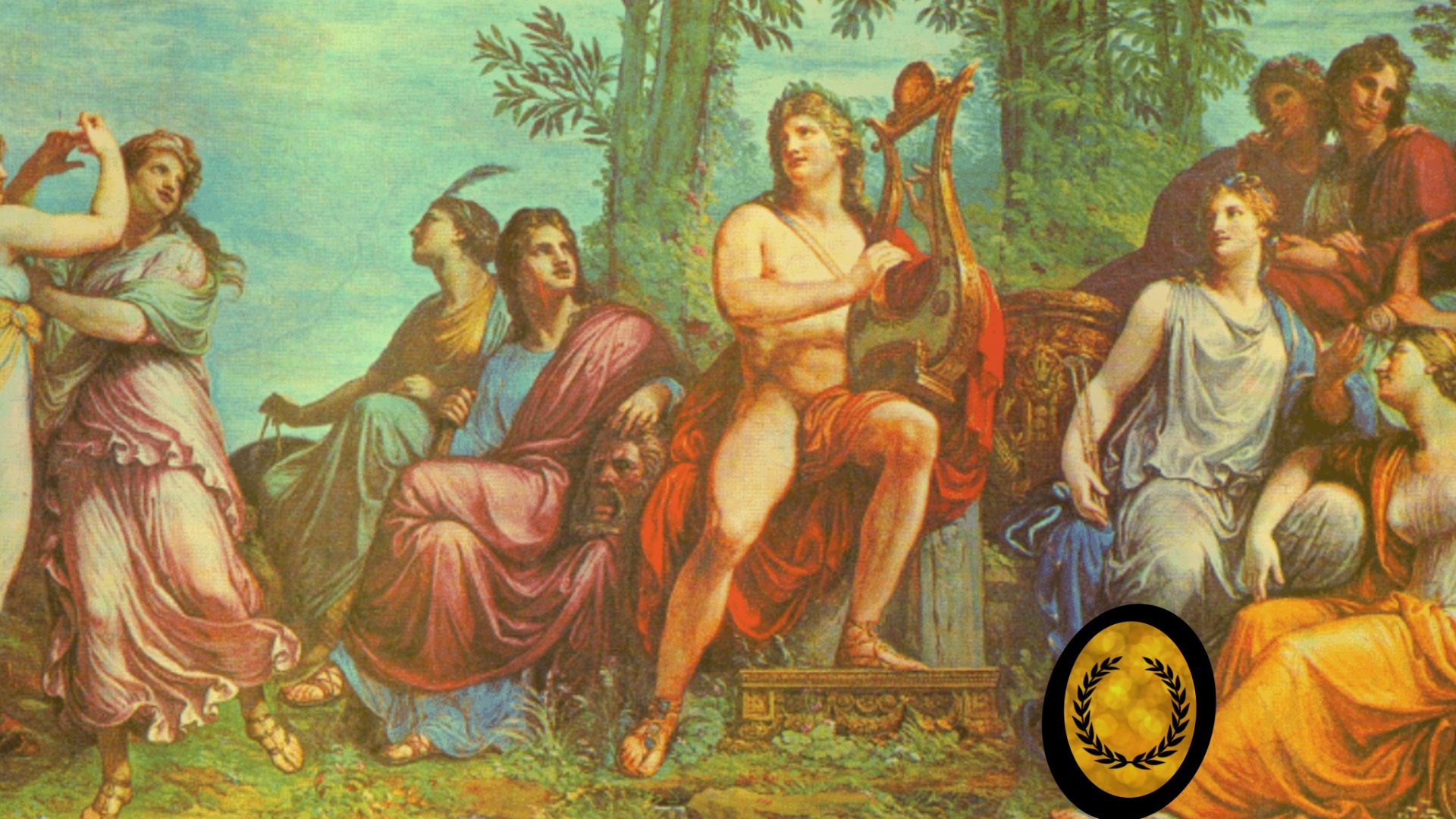The True Kratos from God of War
As for Kratos from God of War, we all already know! But what about the Cratos that really existed within Greek Mythology? Have you heard of or know their incredible story?

Muse Clio: This is responsible for the celebrations and also for making someone famous. Known as the muse of history, her name means "proclaimer" and she spawned Jacinto through a union with Pierus, the king of Macedonia. She is also responsible for the introduction of the Phoenician alphabet in Greece.
Muse Érato: This is the muse of lyrical and loving or erotic poetry, that is, the one that arouses desire. Her name means "adorable" and she is represented with a lyre.
Muse Euterpe: This is the one that represents music and joy. This muse is the result of the union of Zeus and Mnemosyne, who is the goddess of memory. Its symbol is a recorder, an instrument that plays very well.
Muse Melpômene is the muse of tragedy and the meaning of his name is "choir". Its symbol is the mask of tragedy and it is always represented using well worn boots. In some representations she also appears with a stick or knife in one hand and a mask of tragedy in the other.
Muse Polímnia: It was the muse of lyric poetry and its name means "Many Songs". She is usually represented with a very thoughtful expression, wearing a long dress and with a cloak resting on her shoulder. It is also worth remembering that Polímnia is also considered the muse of dance.
Muse Terpsícore: This muse is also from dance, her name means "delight to dance" and her symbol is also a lyre. According to some traditions and cultures Terpsichore is the mother of the mermaids, and Aquelau, the riverside god, is the father.
Muse Talia is the one that represents comedy and festivity. Unlike Melpômene, she is always represented with the mask of the comedy to her name means festivity, that is, the one that encourages celebrations.
Muse Urânia: The name of this muse means "Queen of the Mountains" and Urânia is also muse of astrology and astronomy, being an inspiring muse of geologists and astronomers. She also dresses in a mantle that is embroidered with stars and has her eyes always turned to the sky.
As for Kratos from God of War, we all already know! But what about the Cratos that really existed within Greek Mythology? Have you heard of or know their incredible story?
Roman Mythology: Are Greek and Roman Gods the Same Thing? In a simplified way, yes! With the exception of their respective Names. Check out everything about the Roman Gods below.
Behemoth is a terrifying Monster from both the Bible and Greek Mythology. According to the Old Testament, he will rival Leviathan at the end of time. Learn more about this terrestrial monster below.
The Erinyes (or Furies) are, in Greek and Roman Mythology, women represented as a symbol of revenge. They are very similar to the Keres and, also, often confused, check it out.
Although Dragons are of Chinese origin, the Greeks also had their representations for the Dragon figure. We've separated for you 3 exclusive Dragons that only exist in Greek Mythology!
Pegasus is, in Greek and Roman Mythology, a white winged horse given by Zeus to Bellerophon to defeat the terrible Chimera, an exotic monster of this mythology, check it out.
Jason, in Greek Mythology, is one of the most relevant Characters, so much so that, in addition to being a Hero, he is the son of Zeus, thus: a demigod. He knows more about its history, from Medea and Argonauts to the Golden Fleece.
The Griffin, in Greek Mythology, is a mystical creature with the body of a lion and an eagle's head. Unlike the Greek sphinxes (which are perverse and treacherous), Griffins are good creatures and often help demigods.
Do you already know the Legend of Atlantis? Find out now if this legendary (and hypothetically "lost") city actually existed. Plato portrays it very well within Greek Mythology and Religion, check it out.
The Trojan Horse was a huge wooden horse used as a military strategy by the Greeks during the Trojan War. If in fact it existed, it was one of the greatest feats of warfare in history! Know.